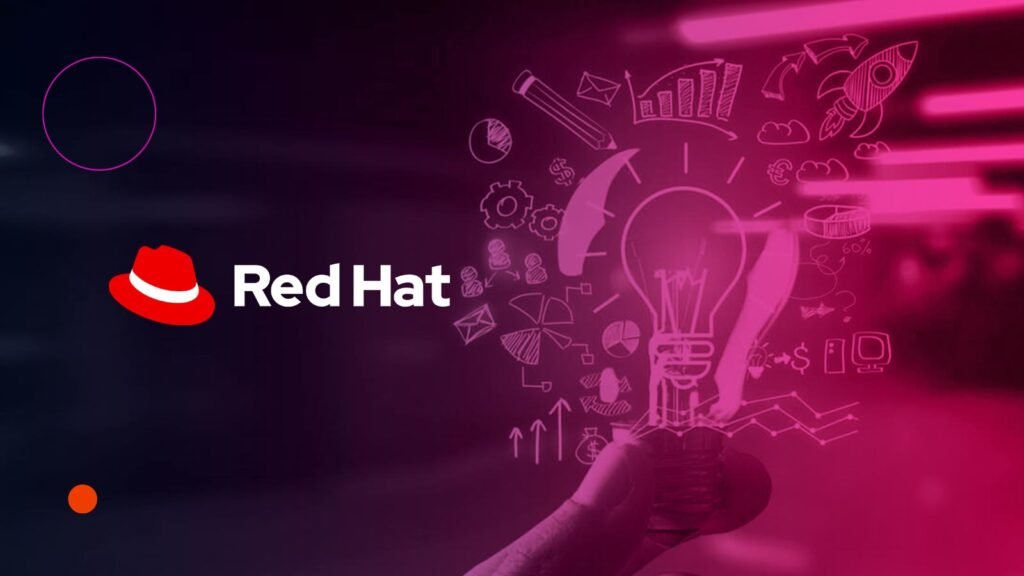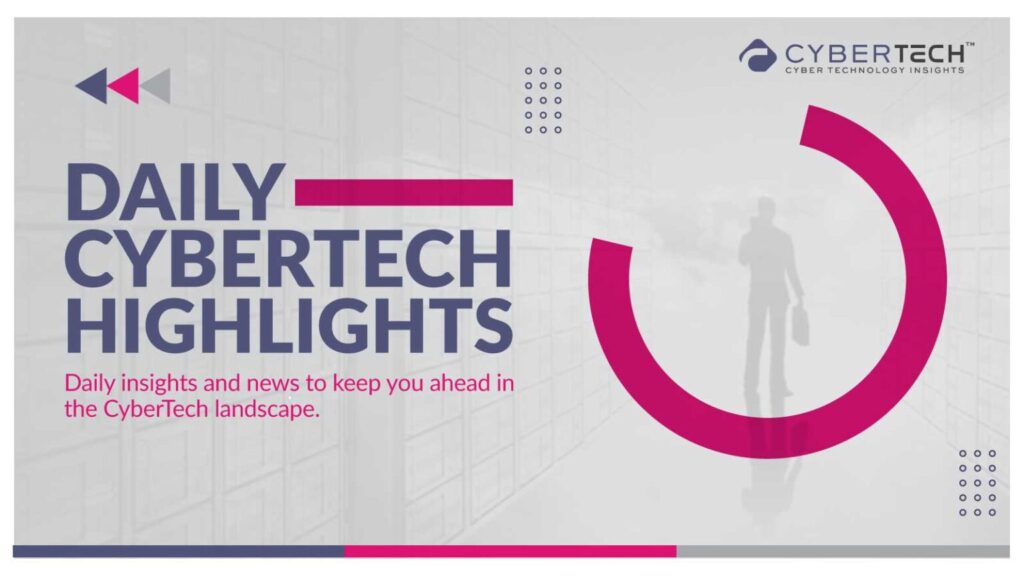Red Hat has announced the general availability of Red Hat Enterprise Linux AI (RHEL AI), a powerful platform designed to accelerate enterprise AI innovation in production environments. RHEL AI empowers businesses to harness the power of open, efficient AI models in a modern-day DevOps environment. With accessible model alignment, organizations can seamlessly integrate AI into their hybrid cloud environments, unlocking new possibilities for innovation and transformation.
RHEL AI is a Breakthrough for Enterprise AI DevOps Engineering Projects
AI is shaping today’s world in a dramatic fashion. Scaling AI processes and systems for rapid application development and innovation is the key to successful digital transformation across industries. Red Hat Enterprise Linux AI catalyzes rapid advancements in hybrid cloud environments.
Let’s understand how this is possible.
Red Hat is a renowned pioneer in open-source solutions. By announcing the general availability of Red Hat Enterprise Linux (RHEL) AI, Red Hat has empowered millions of organizations to seamlessly develop, test, and run generative AI (gen AI) models, revolutionizing the possibilities for enterprise applications. This powerful platform offers unparalleled flexibility and scalability, enabling businesses to harness the full potential of generative AI to drive innovation and achieve their strategic goals.
CyberTech Insights: CyberTech Experts Explain Cybersecurity Lacunae in New MDR Report
Joe Fernandes, VP and General Manager of Foundation Model Platforms, Red Hat said, “For gen AI applications to be truly successful in the enterprise, they need to be made more accessible to a broader set of organizations and users and more applicable to specific business use cases.”
Joe added, “RHEL AI provides the ability for domain experts, not just data scientists, to contribute to a built-for-purpose gen AI model across the hybrid cloud, while also enabling IT organizations to scale these models for production through Red Hat OpenShift AI.”
At the heart of RHEL AI lies the Granite LLM family, a suite of open-source large language models. Combined with InstructLab model alignment tools, based on the LAB methodology, RHEL AI provides a comprehensive and optimized solution for deploying gen AI models across hybrid cloud environments.

Red Hat Enterprise Linux AI is designed to address the key challenges facing organizations seeking to adopt generative AI. By providing enterprise-grade, open-source Granite models and powerful alignment tools, RHEL AI empowers businesses to:
- Innovate with Confidence: Develop and deploy cutting-edge AI applications.
- Streamline Model Alignment: Leverage InstructLab tooling to tailor models to specific business requirements.
- Scale AI Deployment: Train and deploy AI models across hybrid cloud environments.
- Benefit from Red Hat Support: Enjoy the reliability and security of Red Hat Enterprise Linux, along with 24×7 support and legal protections.
With RHEL AI, organizations can unlock the full potential of generative AI, driving innovation (with automation) and achieving their strategic goals.
Hillery Hunter, CTO and general manager of innovation at IBM Infrastructure said – “IBM is committed to helping enterprises build and deploy effective AI models and scale with speed. RHEL AI on IBM Cloud is bringing open-source innovation to the forefront of gen AI adoption, allowing more organizations and individuals to access, scale, and harness the power of AI. With RHEL AI bringing together the power of InstructLab and IBM’s family of Granite models, we are creating gen AI models that will help clients drive real business impact across the enterprise.”
AI’s Price Tag: A Balancing Act in Open Source DevOps
While the potential of generative AI is undeniable, the associated costs can be substantial. Training cutting-edge large language models (LLMs) can easily reach astronomical figures, with some models requiring investments of nearly $200 million.
Beyond the initial training costs, organizations must also factor in the expense of aligning LLMs with their specific data and processes. This often requires the expertise of data scientists or highly specialized developers.
To ensure efficiency and agility in production environments, it’s essential to carefully weigh the benefits of advanced AI models against the associated costs. By optimizing model selection and alignment processes, organizations can harness the power of AI while managing costs effectively.
Jim Mercer, program vice president, Software Development, DevOps & DevSecOps, IDC said, “The benefits of enterprise AI come with the sheer scale of the AI model landscape and the inherent complexities of selecting, tuning, and maintaining in-house models. Smaller, built-to-purpose, and more broadly accessible models can make AI strategies more achievable for a much broader set of users and organizations, which is the area that Red Hat is targeting with RHEL AI as a foundation model platform.”
AI’s Future: A Decentralized and Accessible Landscape
Red Hat envisions a future where smaller, more efficient AI models become a cornerstone of the enterprise IT stack. To achieve this, we believe that generative AI must be more accessible and available across the hybrid cloud. By fostering open-source collaboration, we can leverage the collective wisdom of diverse communities to overcome the challenges of AI adoption and unlock its full potential.







